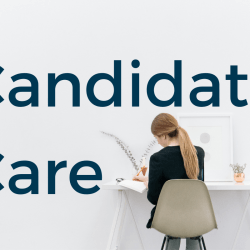RUOK?

Mental health issues and illnesses can affect anyone, regardless of their social background, age, race, ethnic origin or intelligence level.
However, according to Bupa Healthier Workplaces, there are important trends of affect and industries that employers should take note of, mental health conditions affect an estimated one-third of employees working in the financial insurance, media, telecommunication and essential service sectors. Anxiety conditions are most commonly found to affect workers in the IT, media, financial and insurance industries and substance use conditions are the most common mental health problems affecting workers in the mining, construction, accommodation and food service sectors.
All employers and managers have a corporate responsibility to take appropriate steps to address health and safety risks in the workplace. Mental health is often not something that is taken into great consideration. According to SANE Australia mental health issues and mental illness is the leading cause of long-term workplace absence in most developed countries.
A 2014 return on investment analysis by PricewaterhouseCoopers found that for every dollar spent on creating a mentally healthy workplace, there would be a $2.30 benefit to the organisation.
Employers have a corporate responsibility to ensure that their employees are working under safe conditions. Mental health issues and illnesses are considered disabilities and under the Anti-Discrimination Act employers are required to provide workplace adjustments if they are needed.
According to Dr. Graeme Edwards, an Occupational and Environmental Physician, in any one year, 17% of Australians will experience mental illness. In a study of 60 000 public servants, 6% fell into the highly distressed category and of that only 20% were receiving any treatment for their condition and 30% did not recognise they had an issue.
It is vital for employers to identify mental illness in their workplaces as early as possible. Recognising the warning signs in workers is the first step to addressing any potential issues regarding mental health in the workplace. It is important to respond supportively early on, assess the needs of the employee and come up with a sensible and pragmatic management plan in which employers can help keep their employees on track with their work and also seek the support from the services they might need.
Each employee experiencing difficulty in the workplace with their mental health should be given effective and individual case management. The purpose of which is to ensure the benefits of returning to work, staying at work and being productive at work are well communicated and supported within a strong framework and plan of action.
Research has shown that the longer an employee is away from work, the less likely it is they will ever return. Addressing these issues as soon as possible will ensure the best outcomes for both the employee and the employer.
- Winsome Bernard, Managing Director
Click here and follow us on our LinkedIn page









SERVICES
LOCATIONS


